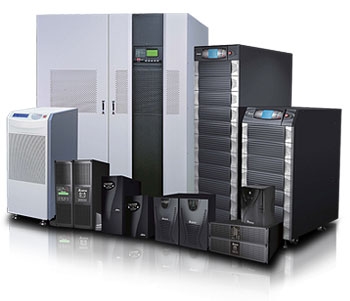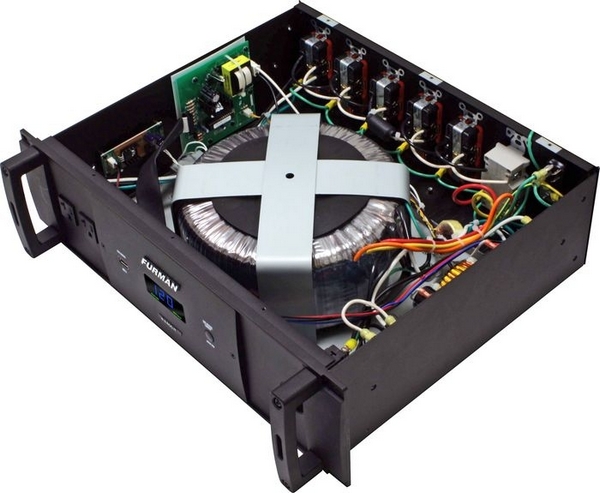It is common to perceive that electrical power supplied to the customers’ doors might have some quality issues and that it is the responsibility of the consumer to protect loads connected to the supply line against poor performance or damage.
Be it a surge, a transient or some harmonics on the supply line, it is going to harm the connected loads and mostly power companies might not be held responsible for the damages.
Then you get to the question “what can the consumer do about it?”. The answer is simple – GET PROTECTED!
It should have been the power company’s responsibility to either make the power delivered of the best quality all the time or provide protection as part of the package. However, none of these is an option and the consumer needs to take care of himself instead of looking for other legal post damage compensations.
There are many ways a consumer could protect special devices from being damaged by a poor quality of electricity supply. But power conditioners and smart uninterruptable power supplies are the most common solutions.
Mind here that each has their own specific use and the consumer application areas with the frequent quality problems on the supply lets you decide which one to go for.

Different sizes of UPS manufactured by Delta Electronics Inc.
A UPS basically charges a battery from the supply and uses the DC from the battery to generate pure sinusoidal waveforms to feed in to loads. Some models of UPS with a double conversion circuits rectify the input, filter it and then convert the DC back to pure sinusoidal AC allegedly making it conditioned to any load.
It is obvious here that the battery acts as a backup energy source as well – which by the way is its primary purpose. During black outs or brown outs the UPS is ideal for driving loads a little longer until there is a proper shut down or transfer to another source.
Surges or transients do not get isolated from this basic design. This is where surge protection circuits get included in the UPS package to further give it protection features. As the size of the load that will be protected gets higher the price of a UPS to support it will spike.

Furman P-2400 IT Symmetrically Balanced Power Conditioner
(partial inside view)
When you come to a power conditioner, you will just find it to be a block of inductive and capacitive circuits to suppress spikes and surges happening on the line.
What about in the case of power outages? Well, if there is no source, these would not be able to supply the smallest load for another second. But beyond just protection against damage, the filters in these devices will also suppress harmonics that might have effect on audio systems or displays.
There are new innovative models which will do a little bit of both but as always; getting an investment’s worth is left to the consumer. Cost-benefit assessments need to be made with an evaluation of the scenario from which loads are to be protected.
What do you think about it? What would you add to this comparison?